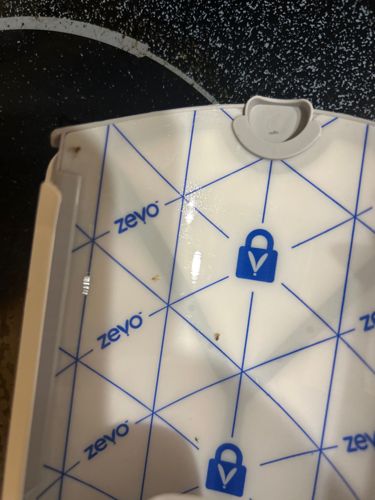Fruit Fly
Scientific Name: Drosophila melanogaster
Order & Family: Diptera (True Flies), Drosophilidae (Vinegar Flies)
Size: Typically 2-4 mm (1/10 to 1/6 inch) long, with reddish eyes, a tan thorax, and a black and gray striped abdomen.

Natural Habitat
Commonly found in kitchens, restaurants, and other areas where ripe or decaying fruits and vegetables, and fermented products (like vinegar, beer, wine) are present. They are attracted to moist, fermenting organic matter.
Diet & Feeding
They feed on yeasts found in ripe, decaying, or fermenting fruits and vegetables, as well as spills of sugary liquids, beer, wine, and other fermented products.
Behavior Patterns
Fruit flies have a rapid life cycle, often completing it in about 8-10 days under ideal conditions. Females can lay hundreds of eggs. They are highly attracted to fermenting odors and will quickly congregate around sources of food and moisture. They often fly in small, erratic patterns.
Risks & Benefits
Potential Risks: While generally not considered a health risk, they can be a nuisance pest in homes and commercial establishments. They can contaminate food with bacteria and other microorganisms if moving from unsanitary surfaces to food. In large quantities, they can indicate poor sanitation. Benefits: Fruit flies are a significant model organism in genetic and biological research due to their short life cycle, ease of breeding, and well-mapped genome. In nature, they play a minor role in decomposition.
Identified on: 11/3/2025